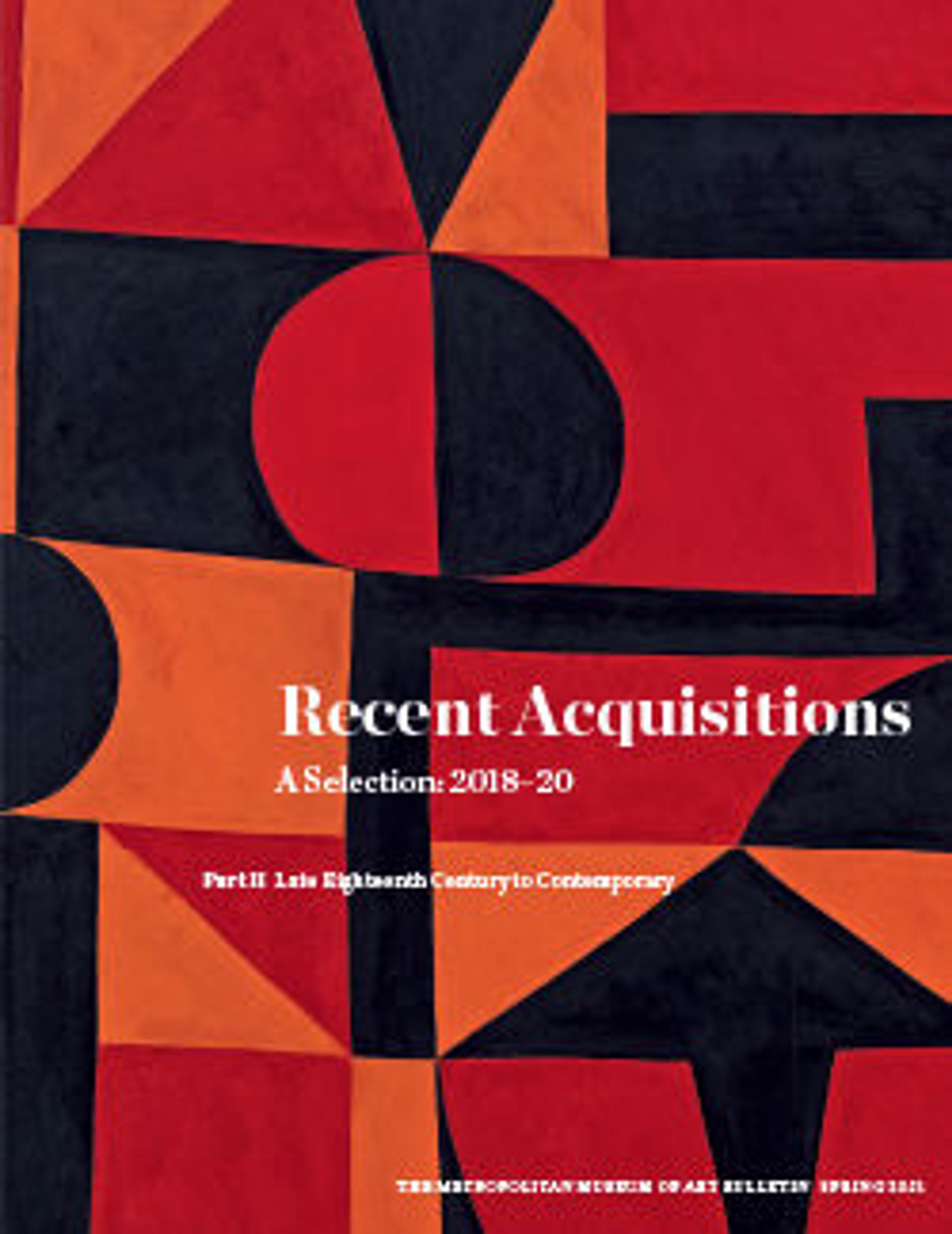Design for the Temple of Apollo in the Gardens of the Chateau d'Enghien, Belgium
This is one of three drawings from the collection of Mrs. Wrightsman, made by the artist Charles de Wailly for the gardens of Enghien. They were part of a larger plan developed by the Duke of Arenberg to redesign the palace and gardens. In 1780 he attracted De Wailly to this end, who finished his overall redesign in 1782, which was never realized. His plans for the garden included this Temple of Apollo, as well as a group of follies in the shaped of ruins of classical architecture, which he named “New Herculaneum”. The temple was meant to be the crowning feature of the area of the garden described as Mount Parnassus. De Wailly devised an ingenious raised temple, characterized by a double spiral staircase at its center. The drawing in pen and ink with watercolor shows the Temple situated in its park-like surroundings and shows various people admiring the structure and walking along the garden pathways.
Artwork Details
- Title: Design for the Temple of Apollo in the Gardens of the Chateau d'Enghien, Belgium
- Artist: Charles de Wailly (French, Paris 1730–1798 Paris)
- Date: 1780
- Medium: Pen and ink, partially over charcoal underdrawing, watercolor
- Dimensions: Sight: 12 × 14 in. (30.5 × 35.6 cm)
- Classifications: Drawings, Ornament & Architecture
- Credit Line: Bequest of Mrs. Charles Wrightsman, 2019
- Object Number: 2019.282.2
- Curatorial Department: Drawings and Prints
More Artwork
Research Resources
The Met provides unparalleled resources for research and welcomes an international community of students and scholars. The Met's Open Access API is where creators and researchers can connect to the The Met collection. Open Access data and public domain images are available for unrestricted commercial and noncommercial use without permission or fee.
To request images under copyright and other restrictions, please use this Image Request form.
Feedback
We continue to research and examine historical and cultural context for objects in The Met collection. If you have comments or questions about this object record, please complete and submit this form. The Museum looks forward to receiving your comments.
